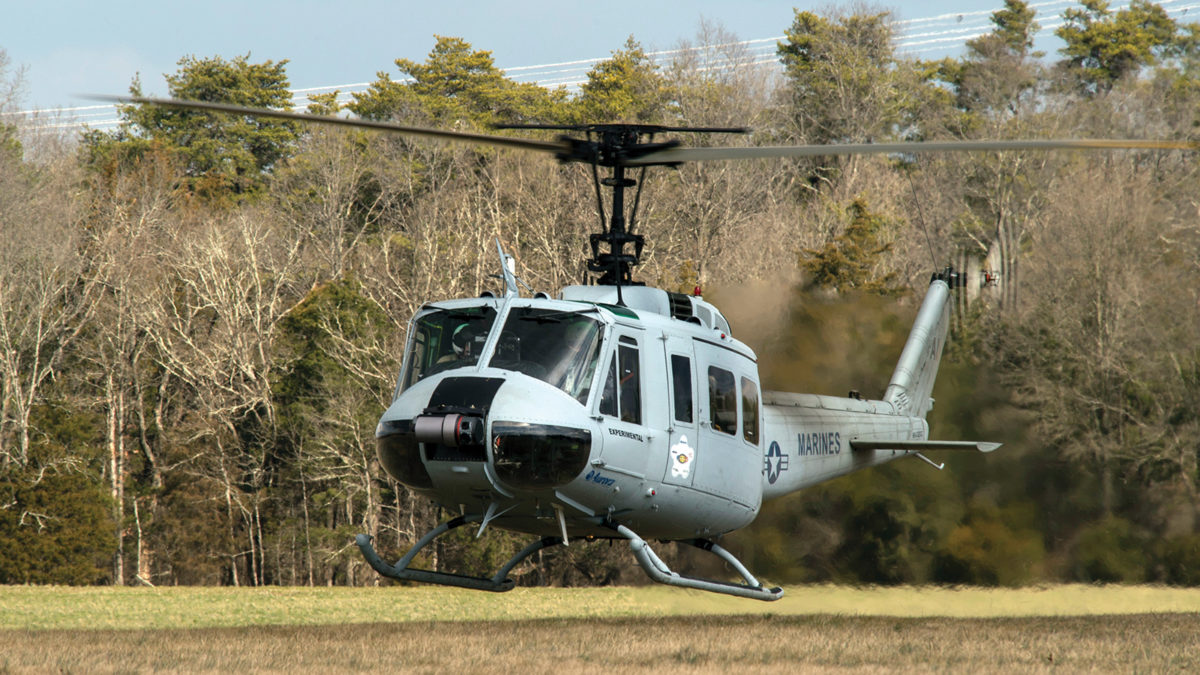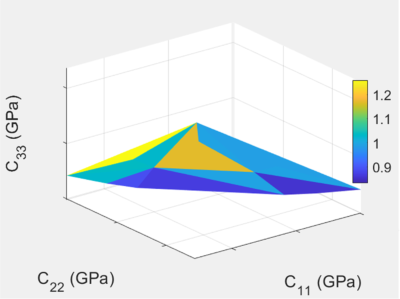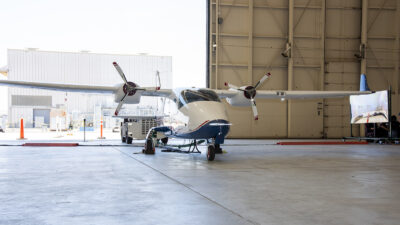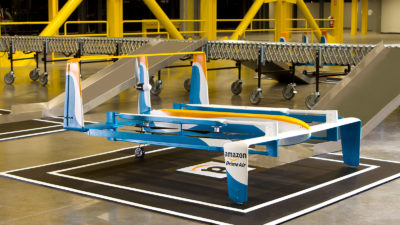Unmanned aircraft systems make research and business advances
By Richard S. Stansbury|December 2018
The Unmanned Systems Integration Committee represents and serves the broad interests of the unmanned and robotic systems community, encompassing space, aerial, ground, surface water, underwater, and other unmanned and robotic systems, their components, and their myriad applications.
Unmanned aircraft systems integration continued to move forward this year. In July, the FAA reported that 100,000 remote pilot certificates had been issued since Title 14 Code of Federal Regulations Part 107 for small unmanned aircraft systems, or UAS, was issued in August 2016. To streamline and expedite the authorization process for small UAS operations within controlled airspace near airports, the FAA expanded the Low Altitude Authorization and Notification Capability, or LAANC, with a national test. The LAANC system’s beta test began in April, covering the south central region of the United States and expanding to other regions throughout 2018 with a target of 500 airports and 300 air traffic facilities.
In May, the FAA announced the winners of the UAS Integration Pilot Program, which began in December 2017. The winners represented local, state and tribal authorities that will partner with industry to accelerate UAS integration through operational concepts, including beyond line-of-sight operations, operations over people and nighttime operations.
Research milestones have further enabled future UAS integration. NASA’s UAS Traffic Management System, or UTM, supported by industry, government and academia partners, completed its Technical Capability Level 3 tests in May at the Nevada Institute for Autonomous Systems at the Reno-Stead Airport-based UAS test site. Under the third-level tests, the UTM system’s capabilities are broadened to enable aircraft separation and spacing for both cooperative and noncooperative UAS over moderately populated areas. In June, General Atomics Aeronautical Systems Inc. and NASA flew the Ikhana UAS, a modified MQ-9 Predator, from Armstrong Flight Research Center in California for a 2½-hour flight without a chase aircraft. It was the first demonstration of a large UAS without a chase aircraft and provided an opportunity for verification and validation of RTCA standards for UAS detect-and-avoid.
The UAS industry saw numerous major business and operational milestones. In April, the General Atomics Aeronautical Systems’ Predator family of UAS achieved 5 million flight hours. In May, Aurora Flight Sciences demonstrated its Autonomous Aerial Cargo Utility System integrated with a UH-1H Huey helicopter by delivering cargo to U.S. Marines at Marine Corps Air Ground Combat Center in Twentynine Palms, California. Also in May, the U.S. Interior Department contracted with four UAS companies to expand its UAS fleet for wildfire monitoring. In June, the U.S. Coast Guard awarded a contract to Boeing to operate the ScanEagle small UAS aboard its national security cutter fleet. In August, Boeing received an $805 million contract to develop the MQ-25 UAS, which will be the Navy’s first carrier-based UAS, supporting aerial refueling.
UAS participated in several humanitarian missions this year. The German Aerospace Center in collaboration with the Wings for Aid and U.N. Food Program conducted UAS operations in the Dominican Republic for humanitarian supply delivery in May and June. In August, Direct Relief and other industry partners evaluated UAS for delivery of critical medical supplies in Puerto Rico with the goal of enhancing post-disaster medical aid in remote or inaccessible areas.
UAS were also flown for atmospheric and planetary sensing. In June, researchers and students from the University of Colorado-Boulder flew a UAS into a supercell thunderstorm to collect atmospheric measurements near Norris, South Dakota. In July, 100 participants with 50 small UAS platforms conducted the Lower Atmospheric Process Studies at Elevation — a Remotely-piloted Aircraft Team Experiment at the International Society for Atmospheric Research Using Remotely Piloted Aircraft meeting in Boulder, Colorado. The experiment involved 1,278 flights over eight days with FAA authorization for altitudes up to 3,000 feet to collect boundary layer measurements of mountain-driven weather. In addition to earth science missions, new projects involving UAS planetary exploration began this year, including Black Swift Technologies receiving a contract from NASA to develop a UAS for planetary atmospheric observations of Venus.
Photo: A UH-1H Huey test aircraft flies autonomously under the control of the Autonomous Aerial Cargo Utility System in a demonstration for the U.S. Marine Corps. Credit: U.S. Navy



































